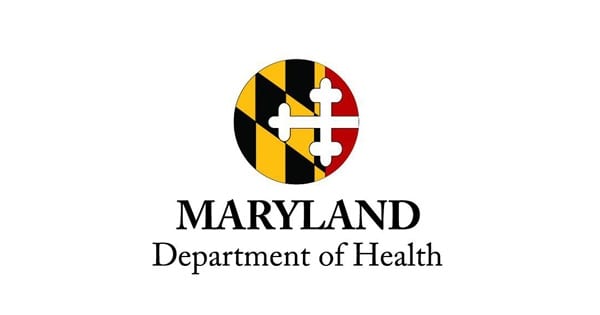BALTIMORE, MD – In conjunction with International Overdose Awareness Day on Saturday, Aug. 31, the Maryland Department of Health will launch a new tool to help prevent overdose deaths — the Naloxone Electronic Toolkit.
Naloxone is a medication that can reverse an opioid overdose and can help save lives when administered quickly and correctly. Created by MDH’s Behavioral Health Administration to assist businesses, public entities and organizations interested in expanding access to naloxone, NET contains downloadable content that can be promoted on public and employee websites. By providing access to information about naloxone and naloxone administration, Marylanders can be better prepared to both recognize the signs of an overdose and know how to respond appropriately.
“This International Overdose Awareness Day, we want to remember those who lost their lives to overdose, to reduce stigma about addiction and build on the progress we’re making in driving down the number of fatal overdoses we’re seeing across Maryland,” said MDH Secretary Robert R. Neall. “NET is another method of getting the word out and teaching people what to do in case of an overdose. Any approach that will save a life is worth taking.”
NET will reside on BeforeItsTooLateMD.org, which provides comprehensive resources and information related to the opioid crisis. NET includes information about recognizing the signs of an opioid overdose and a brief training video on how to correctly administer naloxone nasal spray. Printable posters and brochures are also included, in addition to information about the standing order that allows people to go to any pharmacy in Maryland and ask for naloxone without a prescription or certificate. All information is provided in English and Spanish.
Funding for NET is part of the federal State Opioid Response grant funding, which has allowed MDH to expand outreach efforts and bring help to those in need. Produced in partnership with Maryland Public Television, NET is one component of multiple campaigns designed to raise awareness among Marylanders about the pervasive impact of the opioid crisis — including eliminating addiction stigma, the dangers of fentanyl and how to access mental health and substance use treatment via 211, Maryland’s helpline.
“We are trying a variety of techniques to reach residents with information about how they can save a life by learning to use naloxone appropriately,” said Lisa Burgess, Acting BHA Deputy Secretary. “This is no different than teaching people first aid techniques or how to use an AED or a Stop the Bleed Kit. We’re helping to empower people to save lives.”
“International Overdose Awareness Day gives us an opportunity to focus on helping people to change the direction of their lives and to get into treatment. It also is the appropriate time to focus on innovative ways to help combat the epidemic,” said Steven R. Schuh, Executive Director of the Opioid Operational Command Center. “The Naloxone Electronic Toolkit will increase awareness of and provide education about this life-saving medication.”
To access NET, visit: https://howtoadministernaloxone.maryland.gov/.
For more information about the opioid epidemic in Maryland, visit: https://beforeitstoolate.maryland.gov/.
For information about the standing order to obtain naloxone without a prescription, visit: https://bha.health.maryland.gov/NALOXONE/Pages/Naloxone.aspx.
Do you value local journalism? Support NottinghamMD.com today.

